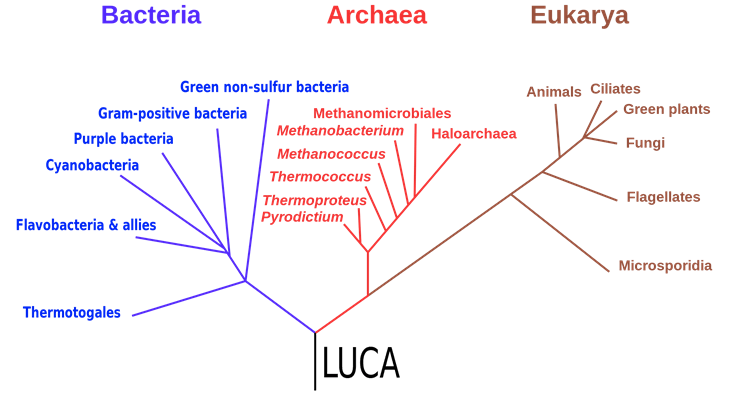DNA, or deoxyribonucleic acid, serves as the fundamental storage system for genetic information in living organisms. At its core, DNA is a molecule composed of two strands that coil around each other to form the iconic double helix structure, first described by James Watson and Francis Crick in 1953. The structure of DNA is remarkably efficient - each strand is made up of smaller units called nucleotides, which contain one of four nitrogen-containing nucleobases: adenine (A), thymine (T), guanine (G), and cytosine (C). These bases pair up specifically - A with T and C with G - creating a complementary sequence that ensures accurate replication and storage of genetic information. This base-pairing mechanism allows DNA to store an immense amount of data in a compact form. To put this in perspective, a single gram of DNA can theoretically store up to 215 petabytes of data, making it one of the most efficient storage systems known to exist. This storage capacity becomes even more impressive when considering that the entire human genome, containing approximately 3 billion base pairs, fits within the nucleus of nearly every cell in our body.
The genetic code stored in DNA functions like a programming language, with specific sequences of bases forming genes that code for proteins. These proteins are essential for virtually every function in our bodies. The process of reading this code involves transcription and translation, where the DNA sequence is first converted to RNA and then used to assemble specific proteins. The human genome contains approximately 20,000 protein-coding genes, but these make up only about 1-2% of our total DNA. The remaining DNA, once dismissed as "junk DNA," is now known to play crucial roles in gene regulation and other cellular processes. The coding aspect of DNA follows precise rules, similar to computer programming, where three-letter sequences of bases (codons) specify individual amino acids or signal where protein synthesis should start and stop. This digital nature of genetic information makes DNA an interesting subject for both biologists and computer scientists, leading to developments in DNA computing and data storage technologies.
DNA serves as a biological link between generations, passing genetic information from parents to offspring. This inheritance pattern explains why children share physical traits with their parents and why certain genetic conditions can run in families. Each person inherits half of their DNA from each parent, creating a unique genetic combination that contributes to individual differences while maintaining family resemblances. Modern DNA analysis techniques can trace these inheritance patterns, allowing for detailed family trees to be constructed and ancestral origins to be determined. Genetic markers, specific DNA sequences that vary between individuals, are used in forensic science and genealogical research to establish relationships between individuals and populations. The field of population genetics uses these markers to study how genes spread through populations over time and to track human migration patterns throughout history. Understanding DNA inheritance has also revolutionized medical diagnosis and treatment, enabling doctors to identify genetic risk factors for diseases and develop targeted therapies.
The Human Genome Project, completed in 2003, marked a significant milestone in our understanding of DNA. This international research effort successfully sequenced the entire human genome, providing a complete map of human DNA. The project required developing new sequencing technologies and computational methods to handle the vast amount of data generated. The completed sequence revealed numerous insights about human biology and evolution, including the discovery that humans share 99% of their DNA with chimpanzees and that genetic differences between any two humans amount to only about 0.1% of the genome. The project's completion has led to significant advances in medical research, enabling the identification of genes associated with various diseases and the development of personalized medicine approaches. Modern sequencing technologies, building on the project's foundation, can now sequence an individual's genome in days rather than years, at a fraction of the original cost. This accessibility has opened new possibilities in medical diagnosis, treatment selection, and our understanding of human genetic variation.

